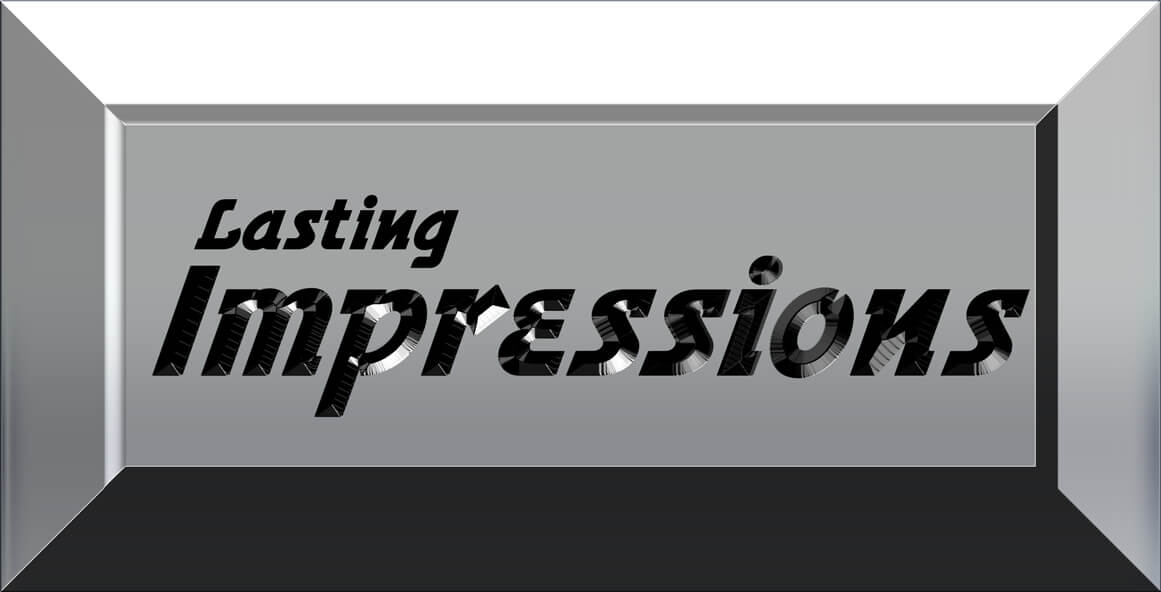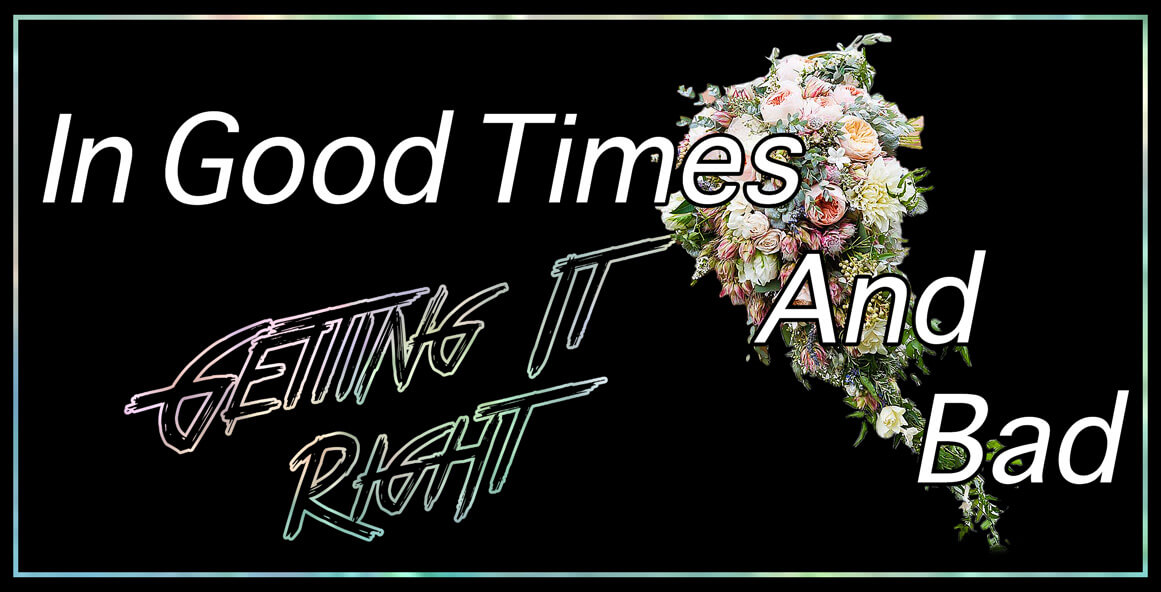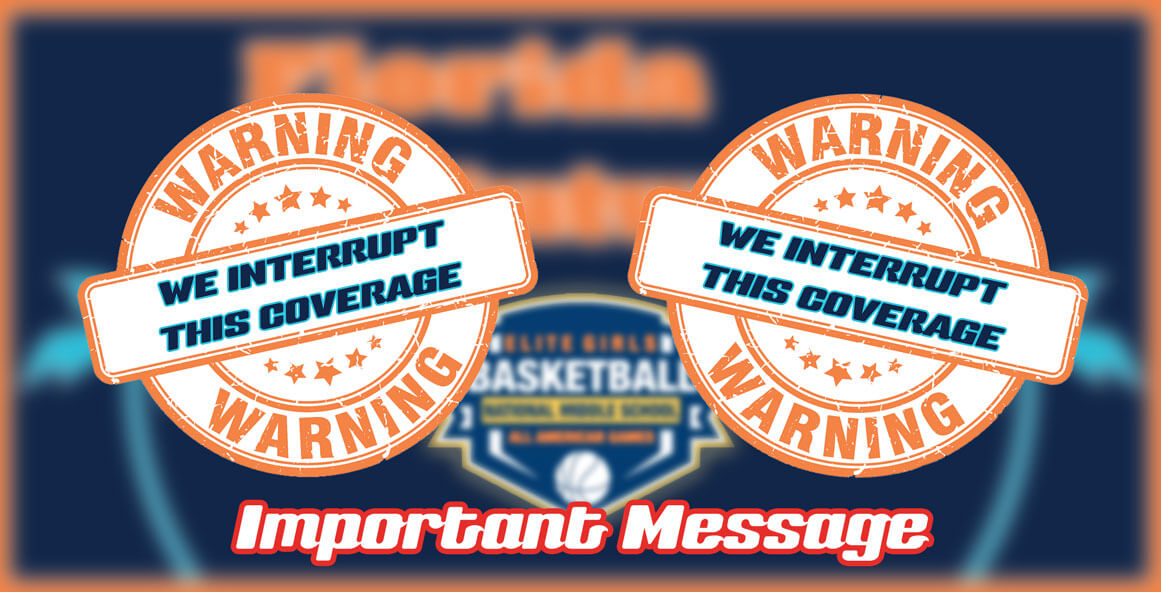The NCAA is ok if the college scholarship experience was cheapened by sham academic classes, just don’t mess with amateurism!
It’s a Double-Down on the student-athlete model.
After 3.5 years of investigation, the NCAA concluded that the University of North Carolina did not provide impermissible benefits to its student-athletes because the fake African American Studies class was available to all students and not just athletes. Case closed, no punishment for UNC athletics.
Maybe accreditation and academic standing is beyond the NCAA’s jurisdiction… but if the value proposition for the student-athlete experience is the scholarship, then doesn’t the education need to measure up?
This shouldn’t be a great surprise. For years athletes have been placed in less-challenging majors and advised to take less-challenging classes to preserve eligibility. The NCAA punishes schools for low graduation rates so the school is incentivized to provide a less challenging path. The NCAA will boast about an 80% graduation rate for Divison 1 Basketball Players. There a 6-year window used to calculate the GSR. The college student-athlete isn’t living the life of Van Wilder.
Yes, it’s true, student-athletes happily follow this plan.
Mainly because…
The student part is/was/ and will always be– secondary to the athlete part.
- They are recruited to play ball not to be in the engineering department or Pre-Med.
- There are not enough hours for them to do their athlete requirements and excel in the school’s most competitive offerings.
A student-athlete spends 20 hours per week in season on their sport, not including the additional time for travel, training room and “voluntary” weight training. A full competitive course load requires between 30-45 hours a week of attendance, homework, and studying.
The opportunity to graduate that Emmert is referring to does not mean that student-athletes are entitled to the toughest classes and most competitive degrees. Today we learned that on top of that, there are no penalties for schools that do less by the student-athlete.
Do more? That’s an issue. A much-publicized federal issue.
The embarrassment and shame caused by these events have prompted the NCAA to form a Commission to “… will focus on the relationships between the NCAA, schools, athletes, and coaches with outside entities like shoe companies, agents and financial managers. He said the committee will also examine the effects of the so-called “one and done” rule that prompts players on a pro track to play in college for one season, as well as college basketball’s broad relationship with the NBA.”
This commission may appease Congress, it may change the summer certification process and even the NBA age eligibility requirement but it won’t change the exploitation of the current system. The NCAA proved that once again today -when it had the opportunity to force institutions to look out for the best interests of its students that it was more concerned about the business and future of college athletics.
Parent, journalist, adjunct professor, host-That Bracket Show on SB Nation Radio and former Five-Star Camp CEO. Principal of Klein Sports and Education Consulting. Current clients include; The Highlands Current, Kinexon Sports, Basketball Travelers, and Blue Star Sports Technology. Current member of the USA Basketball Working Group on Youth Development Member: USA Basketball Writers Association, AIPS, AP Sports Editors, NABC and Society of Professional Journalists





